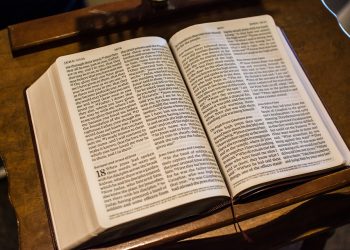The Old Testament is a collection of ancient texts that holds significant historical and cultural importance for people of the Jewish and Christian faiths. It is a rich and complex body of literature that provides insight into the religious beliefs, practices, and traditions of ancient Israel. However, understanding the Old Testament requires a deep appreciation of its historical and cultural context.
To truly decode the Old Testament, one must first understand the historical background in which it was written. The Old Testament covers a vast period of history, stretching from the creation of the world to the time of the Persian Empire. It encompasses the stories of patriarchs and matriarchs, the exodus from Egypt, the rise and fall of the Israelite monarchy, and the prophets who spoke the word of God to the people. Each of these historical events and figures played a crucial role in shaping the religious and cultural identity of ancient Israel.
Furthermore, understanding the Old Testament also requires an appreciation of the cultural context in which it was written. The Israelites were a Semitic people who lived in the ancient Near East, a region characterized by a diverse array of cultures, languages, and customs. The Old Testament reflects this diversity, as it contains elements of poetry, prose, law, prophecy, and wisdom literature. Moreover, the Old Testament is written in ancient Hebrew and Aramaic, languages that were spoken by the Israelites and their neighboring peoples.
To decode the Old Testament, one must also consider the religious and ideological influences that shaped the worldview of the ancient Israelites. The Old Testament is deeply rooted in the monotheistic belief in one God, Yahweh, who made a covenant with the Israelites and guided them throughout their history. This belief set the Israelites apart from the polytheistic cultures that surrounded them and influenced their moral and ethical values.
Decoding the Old Testament also requires an understanding of the literary and rhetorical devices that were commonly used in ancient Hebrew literature. The Old Testament is filled with symbolism, allegory, metaphor, and parallelism, which were employed by the biblical authors to convey their theological and moral messages. These literary devices add depth and richness to the Old Testament, but they can also make it challenging to interpret without a thorough understanding of the cultural and literary context in which they were used.
In conclusion, decoding the Old Testament is a complex and rewarding endeavor that requires a deep appreciation of its historical and cultural context. By understanding the historical background, cultural context, religious influences, and literary devices of the Old Testament, one can gain valuable insights into the beliefs and practices of ancient Israel and appreciate the enduring significance of this ancient body of literature.









Discussion about this post